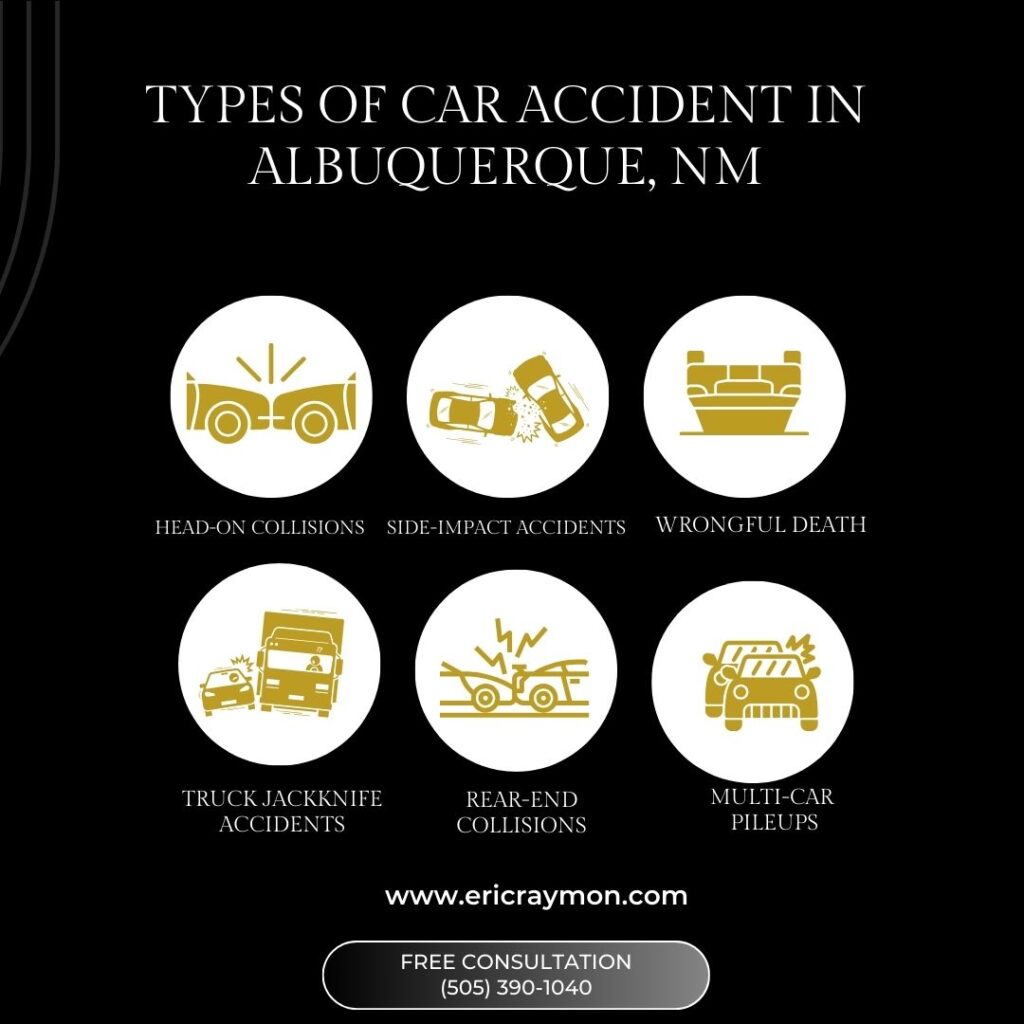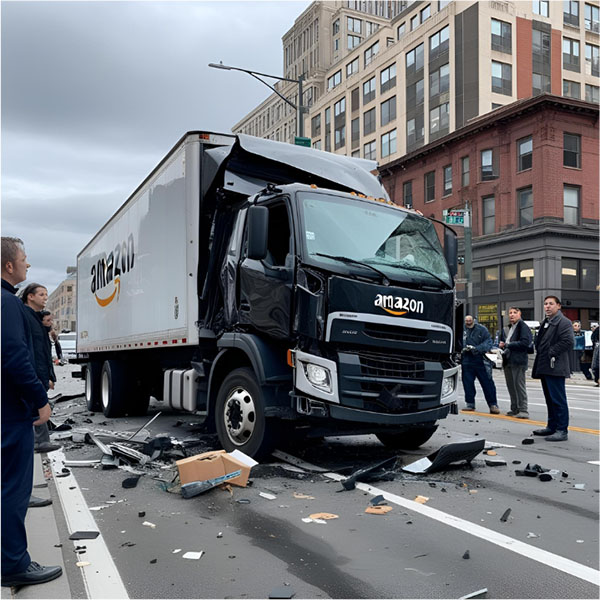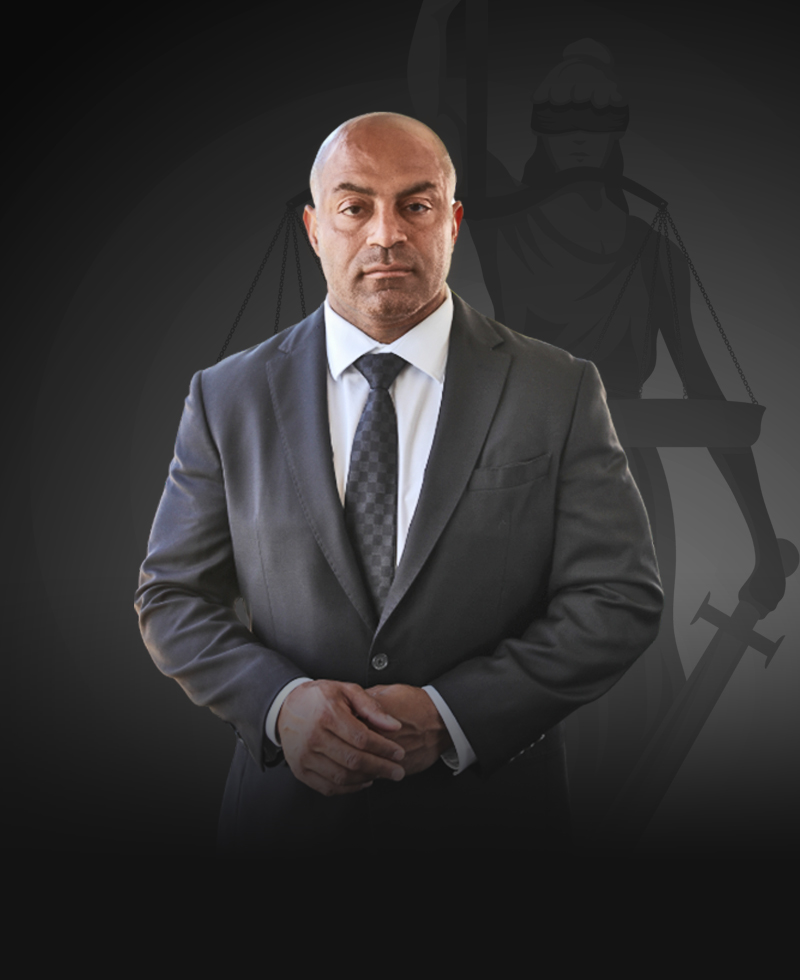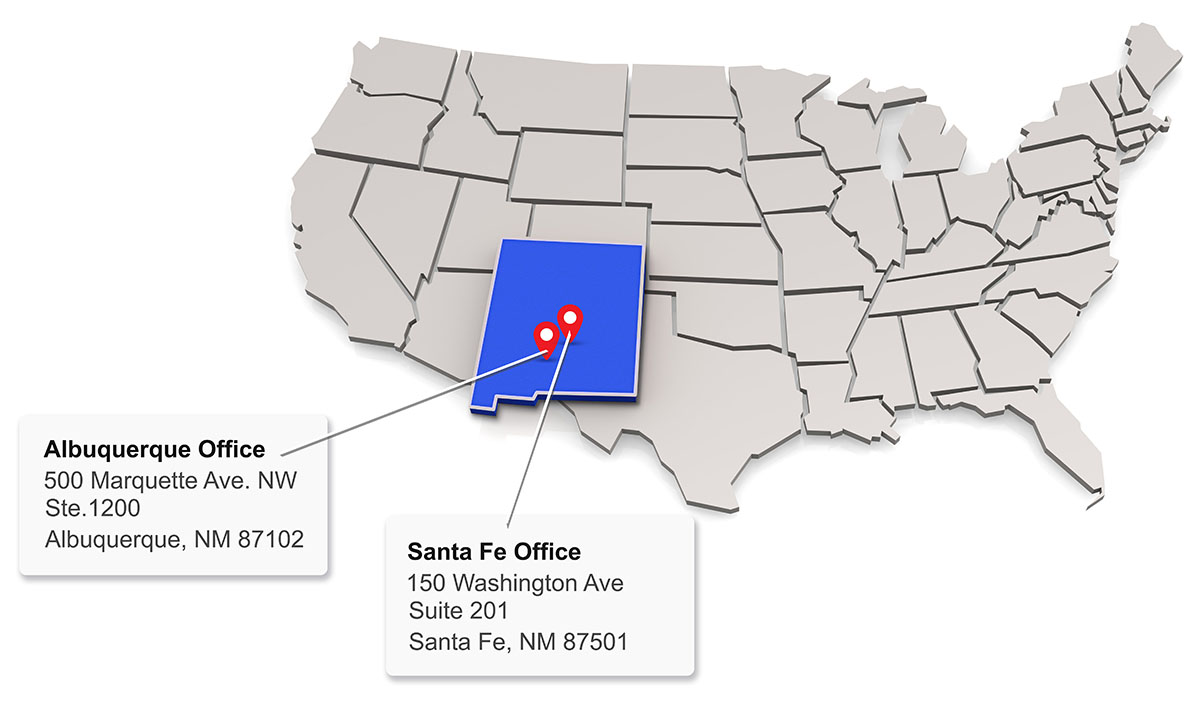What Evidence Can Help Me the Most After a Car Crash?
Need Help After a Car Accident in New Mexico

Essential Types of Evidence to Collect After a Car Crash
Photo and Video Documentation
Immediately after a crash, take as many clear photos and videos as possible. Capture vehicle damage, the position of all vehicles involved, skid marks, broken glass, road signs, traffic lights, and weather or road conditions. If you have visible injuries, photograph them right away. This visual proof creates a reliable record of the scene that can't be argued away later.
Eyewitness Testimonies
Eyewitnesses can provide unbiased accounts that support your version of what happened. If anyone saw the crash, ask for their name and contact information. Their statements can help clarify who was at fault and fill in gaps your own memory might miss. Your personal injury lawyer can later collect formal testimonies to strengthen your case.
Official Police Report
Always contact the police after an accident. The responding officer’s report becomes an official record of the crash, which includes details about the involved drivers, vehicle conditions, statements made at the scene, traffic violations, and often a determination of fault. This report is essential in both insurance claims and legal proceedings.
Driver and Insurance Information
Before leaving the accident scene, exchange all necessary details with the other driver(s). This includes names, contact information, driver’s license numbers, vehicle registration, insurance policy numbers, and license plates. These details allow your lawyer to begin the claims process and investigate liability.
Proof of Lost Wages and Income
If your injuries forced you to miss work, you have a right to recover lost wages. Request documentation from your employer that confirms your missed days, hourly rate or salary, and how your injuries have impacted your job duties or hours. This financial evidence helps calculate the economic losses you’ve suffered.
Communications or Admission of Fault
Sometimes, the other driver may admit they were at fault, either at the scene or afterward in texts or calls. If they do, make a note or save any messages. These can be powerful pieces of evidence that clearly point to their responsibility for the crash.
Medical Records and Injury Documentation
Medical evidence is crucial in any personal injury case. Get medical attention as soon as possible—even if you feel fine initially. Document every aspect of your treatment, from emergency room visits and diagnostic tests to follow-up appointments and physical therapy. Your medical records connect your injuries directly to the accident and justify the compensation you’re seeking.
Vehicle Damage Reports and Repair Estimates
Your damaged car or truck is a key part of your case. Collect all receipts and records related to vehicle repairs or replacement. If your vehicle was totaled, get an official valuation. Documentation of towing services, rental cars, and property inside the vehicle that was damaged also strengthens your claim.
Additional Evidence for Commercial Vehicle Accidents
If your crash involved a commercial driver—like an Amazon delivery van—there may be additional evidence to secure. This includes driver logs, delivery routes, company policies, dashcam footage, and proof of employment status. These factors can shift liability from the driver to the company itself. A skilled personal injury law firm will know how to secure this time-sensitive information before it disappears.
Why Evidence Matters in a Car Accident Case
Insurance companies don’t pay out claims based on feelings or assumptions—they rely on hard evidence. When you file a claim, you’re responsible for proving how the accident happened, who was at fault, and the extent of your damages. This is where documentation comes in.
A personal injury law firm uses your evidence to negotiate with insurers, prove liability in court if necessary, and make sure you’re compensated for your injuries, lost income, pain and suffering, and other damages. Without proper evidence, your claim may be delayed, underpaid, or denied altogether.
Evidence That’s Unique to Commercial Vehicle Accidents
If the crash involved a commercial driver—like an Amazon delivery van—the situation may be more complex. In these cases, evidence may include:
- The driver’s delivery schedule or route
- Their employment status (employee vs. contractor)
- Dashcam footage (from your vehicle or theirs)
- Vehicle maintenance logs
- Company policies or training records
An experienced PI lawyer will know how to secure this evidence before it disappears.

Why You Need a Personal Injury Lawyer to Handle Evidence
Collecting evidence is one thing—preserving, organizing, and presenting it effectively is another. A skilled personal injury law firm like Raymon Law Group can:
Send legal letters to preserve video or phone records
- Interview and depose witnesses
- Subpoena documents from companies or insurers
- Use expert testimony to strengthen your case
Without legal support, crucial evidence could be lost, overlooked, or disputed by the other side.
What If I Couldn’t Collect Evidence at the Scene?
If your injuries prevented you from gathering evidence, don’t panic. Your lawyer can help investigate the accident afterward by:
- Accessing traffic or surveillance cameras
- Requesting 911 call records
- Reconstructing the crash with experts
- Locating and interviewing witnesses
Time is critical, though. The sooner you contact a personal injury attorney, the better your chances of preserving helpful evidence.


Ready to Find the Best Personal Injury Lawyer in New Mexico?
At Raymon Law Group, we’ve helped countless accident victims recover full and fair compensation by building strong, evidence-based cases. Whether you’re dealing with a car crash, an Amazon delivery accident, or a commercial vehicle collision, we know how to fight for your rights.
We offer free consultations, and you pay nothing unless we win your case.
Contact us today to speak with a trusted New Mexico personal injury lawyer who’s ready to help you take the next step.


